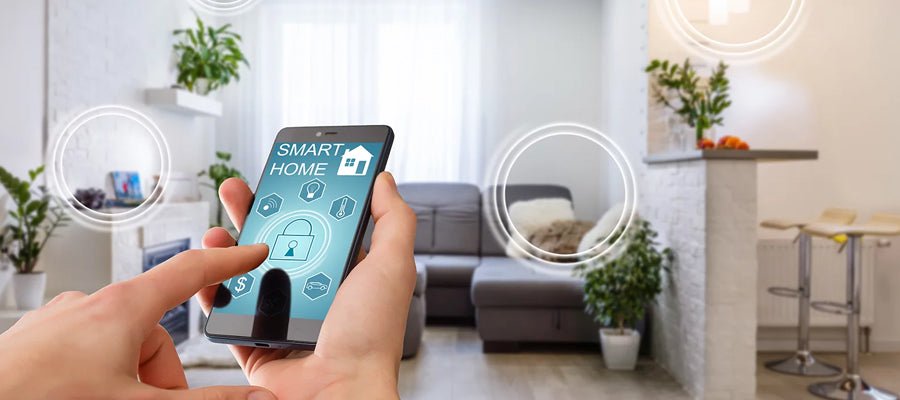Connected Living: Exploring The Power of IOT And Smart Home Integration
In today's digital age, the Internet of Things (IoT) has revolutionised the way we interact with our surroundings, particularly in our homes. From smart thermostats to intelligent security systems, IoT devices have seamlessly integrated into our daily lives, offering convenience, efficiency, and enhanced safety. In this instalment of our educational series, we delve into the world of connected living, exploring the transformative potential of IoT and smart home integration.
- The Rise of IoT in Smart Homes: The concept of IoT revolves around the interconnectivity of everyday objects through the internet, enabling them to send and receive data. In smart homes, IoT devices communicate with each other and with users, allowing for remote monitoring, control, and automation of various functions. These devices range from simple sensors and switches to complex systems that manage entire home ecosystems.
- Efficiency and Convenience: One of the primary benefits of IoT in smart homes is the enhanced efficiency and convenience it offers. IoT-enabled devices can automate routine tasks, such as adjusting lighting and temperature settings based on occupancy or time of day. This not only saves time but also reduces energy consumption, leading to cost savings and environmental benefits.
- For example, smart thermostats can learn users' preferences and automatically adjust temperature settings to optimize comfort and energy efficiency. Similarly, IoT-connected appliances, such as refrigerators and washing machines, can provide real-time status updates and even reorder supplies when needed, making household management more streamlined and efficient.
- Enhanced Safety and Security: IoT devices also play a crucial role in enhancing safety and security in smart homes. Smart security cameras, door locks, and motion sensors can provide real-time alerts and remote monitoring capabilities, allowing homeowners to keep a watchful eye on their property, even when they're away. Additionally, IoT-enabled smoke detectors and water leak sensors can help prevent disasters by alerting users to potential hazards before they escalate.
- Integration and Interoperability: A key aspect of IoT in smart homes is interoperability—the ability of different devices and systems to seamlessly communicate and work together. Integration platforms and protocols, such as Zigbee, Z-Wave, and Wi-Fi, enable disparate IoT devices to interact with each other, creating a cohesive ecosystem that enhances functionality and user experience.
- Looking Ahead: As IoT technology continues to evolve, the possibilities for connected living are virtually limitless. From voice-controlled virtual assistants to predictive maintenance systems, the future of smart homes promises even greater levels of automation, intelligence, and customisation. As more devices become interconnected and intelligent, the concept of connected living will become increasingly integral to our daily lives.
In conclusion, IoT and smart home integration represent a paradigm shift in how we interact with and manage our living spaces. By leveraging the power of interconnected devices and intelligent automation, smart homes offer unparalleled levels of efficiency, convenience, and security. As we embrace the era of connected living, Gelco Electronics remains committed to providing innovative solutions that enhance the way we live, work, and play. Stay tuned for more insights and updates on the latest developments in IoT and smart home technology.















